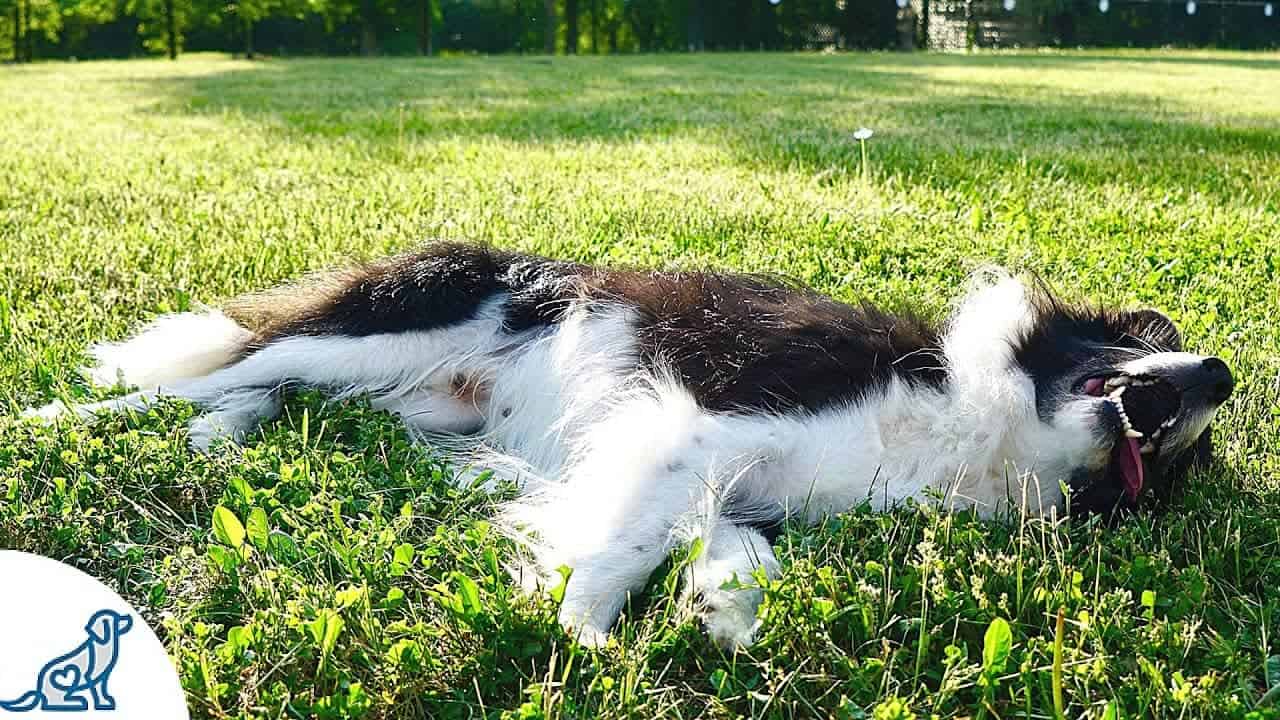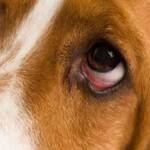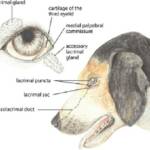Dog with Squished Faces

Most people are not familiar with the term brachycephalic, but if you own a Pug, Boston Terrier, Pekingese, Boxer, Bulldog, Shih Tzu, or any one of the other breeds with pushed in or squished faces, you should become familiar with this word. The word comes from Greek roots brachy, meaning short, and cephalic, meaning head.
Brachycephalic dogs have been bred so as to possess a normal lower jaw that is in proportion to their body size, and a compressed upper jaw. In producing this cosmetic appearance, we have compromised these animals in many important ways, and you as an owner must be familiar with the needs of your pet.
The Respiratory System and Brachycephalic Airway Obstruction Syndrome
Brachycephalic breeds make a lot of snorting respiratory sounds as a matter of course simply because of the way their throats and faces are shaped. These sounds are generated from a combination of several anatomic deformities that will be described below. These deformities occur to varying degrees of severity. Most brachycephalic dogs are not hampered by their anatomy on a day-to-day basis but they do have limitations that must be recognized. Severely affected individuals require surgical intervention.
Stenotic Nares
This is a fancy name for narrowed nostrils. The brachycephalic dog’s respiratory passage begins with very small, often slit-like, nasal openings for breathing. This leads to a great deal of open-mouth breathing and panting as the nasal breathing route is limited by its small opening. In selecting a puppy for adoption, it is a good idea to look at the nostril sizes on each member of the litter and look for the widest opening. Stenotic nares can be surgically corrected after age five months.
Enlarged Tongue (Macroglossa)
The brachycephalic dog’s tongue can be particularly thick and large, which contributes to the overall obstruction. The French and English bulldogs seem particularly predisposed to this issue.
Elongated Soft Palate
It is difficult to fit the soft tissues of the canine mouth and throat into the brachycephalic’s short face. As a result, the soft palate, which separates the nasal passage from the oral cavity, flaps loosely down into the throat, creating snorting sounds. Virtually all brachycephalics suffer from this. However, the most severe cases are usually found in English Bulldogs. The English Bulldog tends to have more severe symptoms in almost all aspects of brachycephalic syndrome. Excess barking or panting may lead to swelling in the throat that can, in turn, lead to trouble. Again, the soft palate can be surgically trimmed.
Tracheal Stenosis/Hypoplastic Trachea
The trachea is also known as the windpipe. The brachycephalic dog’s windpipe may be dangerously narrowed in places. This condition creates tremendous anesthetic risk and should be ruled out by chest radiographs prior to any surgical procedures as anesthetic safety depends on placement of a tube in the windpipe to secure air passage. If the trachea is too small, intubation may not be possible and it is important to know this in advance of any planned procedure. The English bulldog is particularly predisposed to this anatomical defect.
Everted Laryngeal Saccules
The normal larynx has two small pockets called ventricles or saccules. When a dog has increased effort to breathe, over time these little pockets will actually turn inside out inside the throat. When this occurs, it obstructs the throat. This condition can be corrected surgically; however, in many cases, it resolves on its own after the stenotic nares are corrected so surgery is generally only performed in severe situations. The pug is especially predisposed to this situation.
Heat Stress, Excitement, and Exercise
Because of all these upper respiratory obstructions, the brachycephalic dog pants inefficiently. A dog with a more conventional face and throat is able to pass air quickly over the tongue through panting. Saliva evaporates from the tongue as air is passed across and the blood circulating through the tongue is efficiently cooled and circulated back to the rest of the body.
In the brachycephalic dog, so much extra work is required to move the same amount of air that the airways become inflamed and swollen. This leads to a more severe obstruction, distress, and further over-heating.
Brachycephalic dogs are the most likely candidates for heat stroke.
Altogether, the upper airways of the brachycephalic dog compromise the ability to take in air. Under normal conditions the compromise is not great enough to cause a problem; however, an owner should take care not to let the dog become grossly overweight or get too hot in the summer. Be aware of what degree of snorting and sputtering is usual for your pet, and should your dog require general anesthesia or sedation, your vet may want to take extra precautions or take radiographs beforehand to assess the severity of the syndrome. Anesthetic risk is higher than usual in these breeds, though under most circumstances the necessary extra precautions are readily managed by most animal hospitals.
To be clear, brachycephalic syndrome can be progressive if it is not corrected at an early stage. Severely affected dogs can experience collapse of the larynx and require a permanent tracheostomy (a hole in the throat for breathing).
Gastrointestinal Tract
There appears to be a constellation of stomach and swallowing issues that correlates to the respiratory obstruction. In brachycephalic breeds, the esophagus (the tube that conducts swallowed food from the throat to the stomach) experiences reflux of stomach contents backwards. This reflux generates pain and inflammation. Compounding this problem is retention of food in the stomach for prolonged periods. Pooling of food in the stomach creates a sensation of nausea and increases the potential for vomiting and/or stomach acid reflux. The English bulldog seems particularly predisposed to GI complications in this way. This sounds like an issue separate from the respiratory syndrome but in fact the reflux, regurgitation, and even herniation of part of the stomach into the chest cavity stems from the extreme inhalation efforts made against the upper airway obstruction that comes from the shape of the brachycephalic head. Medications are helpful for the intestinal issues, as is weight control, but often correction of the respiratory obstruction also corrects the intestinal problems.
Urban Animal Veterinary Hospital has recently partnered with a boarded veterinary surgeon that can surgically correct some of the brachcephalic defects – like widening the nostrils and surgically shortening the soft palette so it doesn’t hang over and block the airway.
If you have a dog that fits the description above and would like an evaluation to see if surgery can help, please call us to schedule an appointment.


